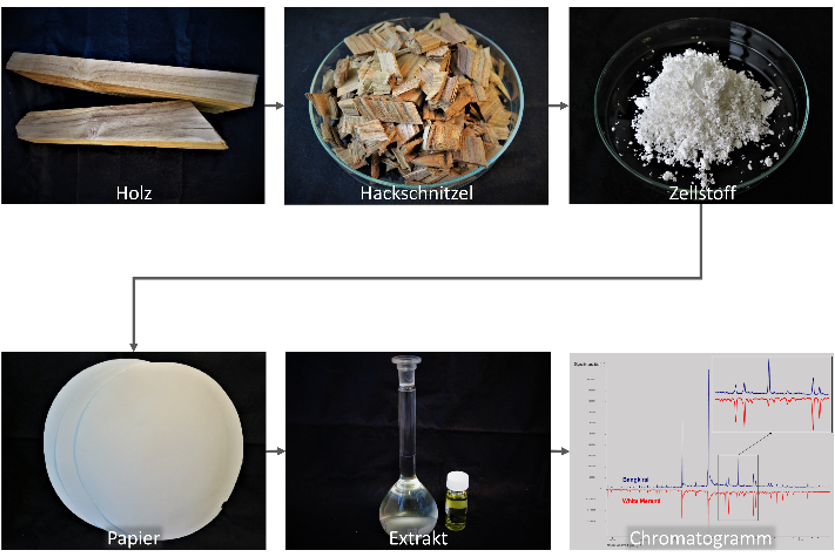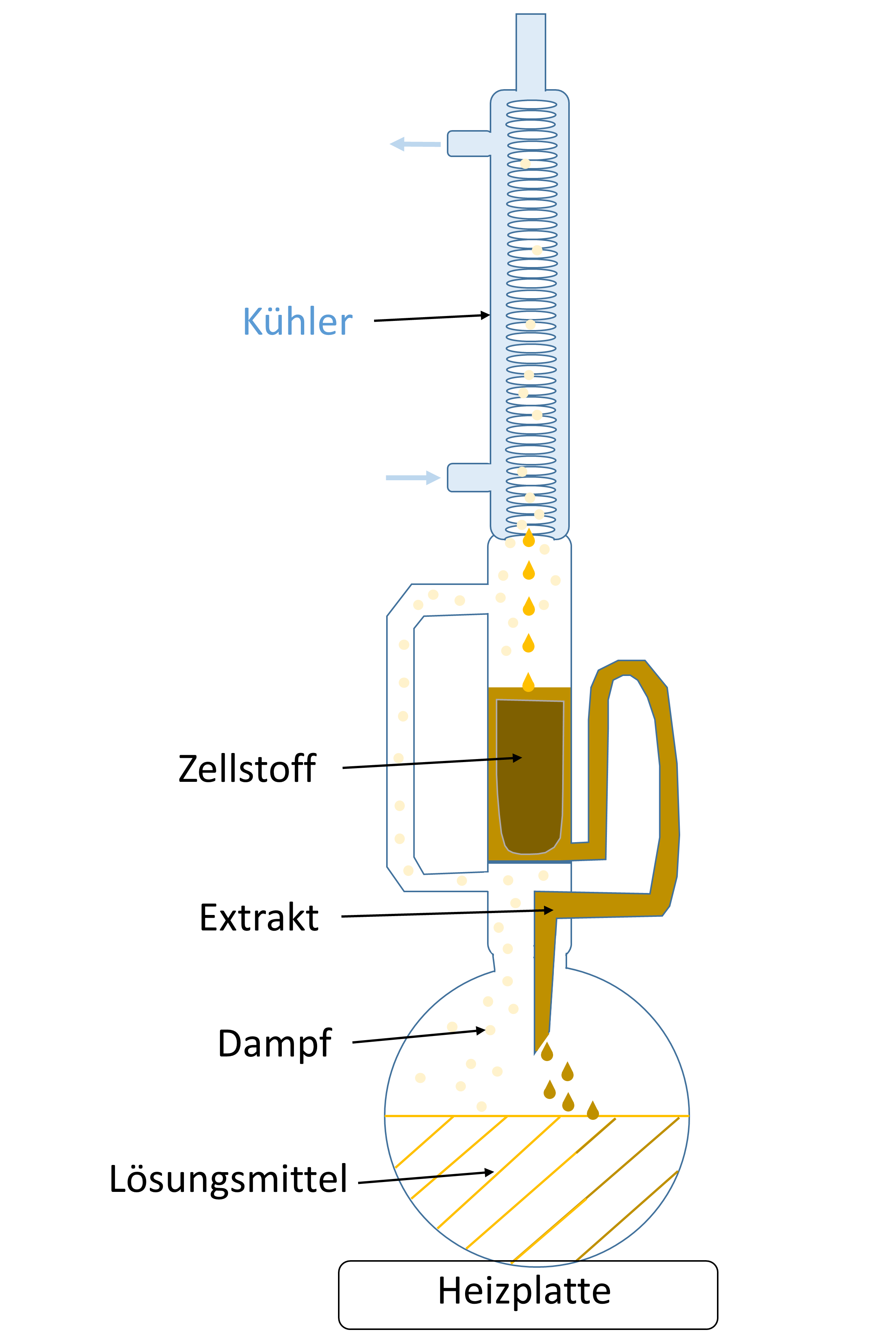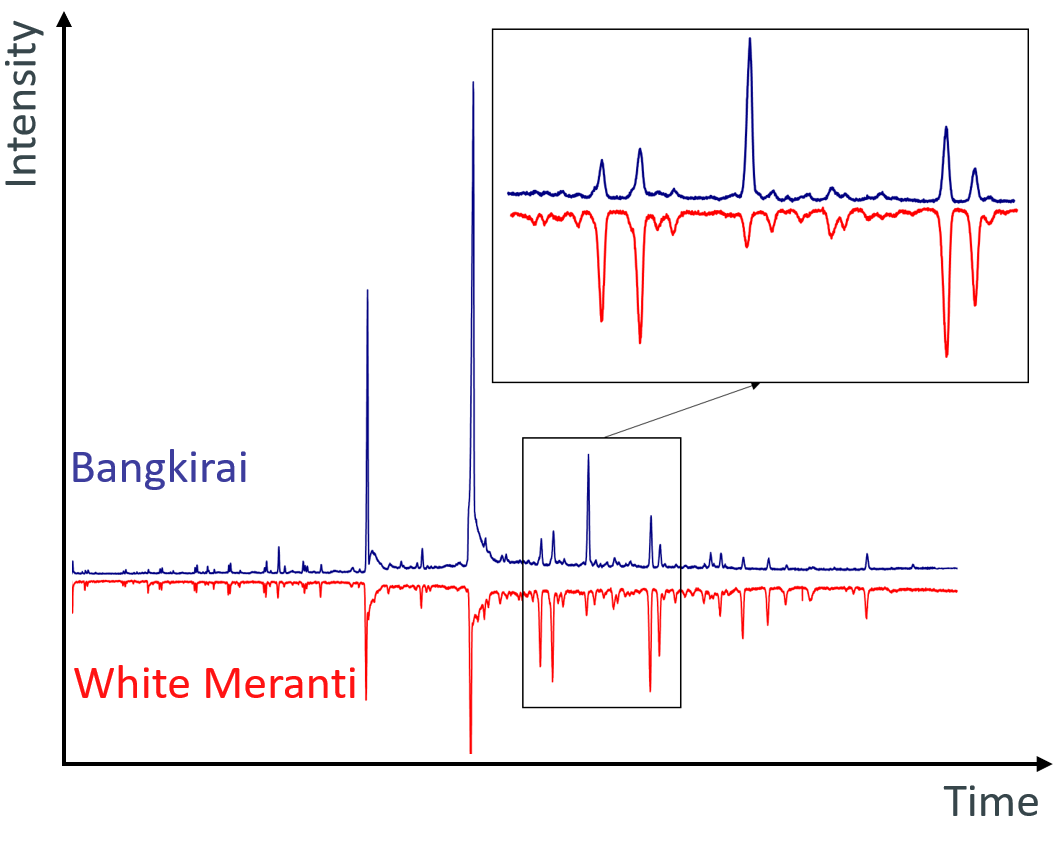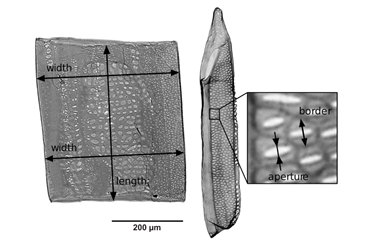MTH
Detection of tropical wood in paper - Chemotaxonomy and anatomy to identify Mixed Tropical Hardwood (MTH III) Controls to protect forests
How do you recognize the types of wood used in paper products?
The progressive deforestation of our planet reduces biodiversity and accelerates global warming. In order to counter the trade in illegally harvested wood, the wood used must be identified. This already works very well for solid wood and plywood, but how do you determine which woods were used to make paper? A lot of the worldwide wood use consists of these pulp and paper materials. In this project, funded by the DBU, methods for the identification of wood species are developed and established in a cooperation between the University of Hamburg (UHH) and the Thünen Institute for Wood Research. The UHH follows the chemotaxonomic approach, while the TI follows the approach via morphological features.
Background
Paper goods are subject to the European Timber Regulation (EUTR) - importers must be able to name the types of wood used and their legal origin as part of their duty of care. To check the manufacturer's information, the woods contained in the paper are determined using their characteristic structural features. In the case of hardwoods, the anatomical references of the particularly distinctive vascular elements are compared. Therefore, detailed descriptions of the cell types are required. So far, these have existed almost exclusively for woods in Europe and North America. As part of the project funded by the DBU, references for many Asian woods were recorded for the first time and published in the form of an atlas. Test laboratories all over the world can now use it to identify important commercial timber and protected timber from Asia.
Period
01.08.2018 - 31.01.2021
Funding
This project is funded by the German Federal Environmental Foundation (DBU).
Project number: 34295/01










